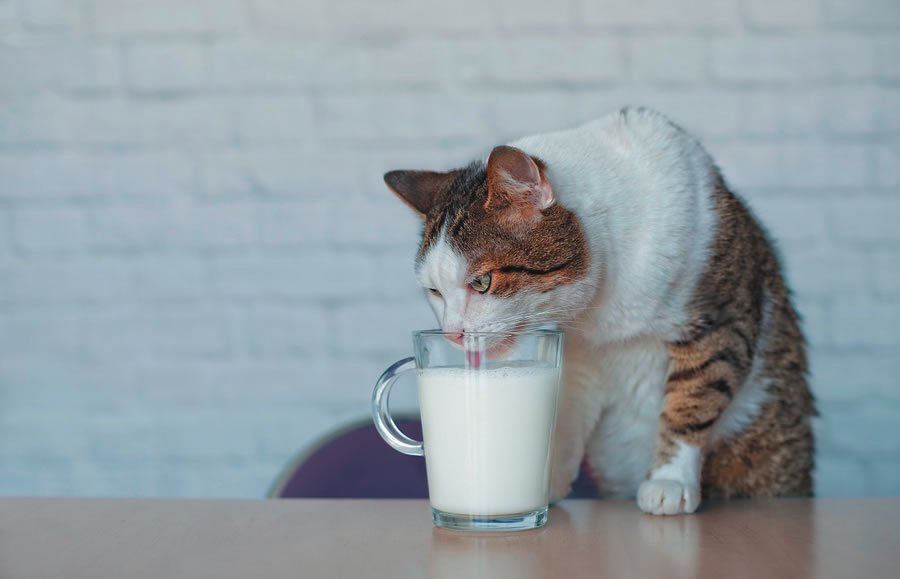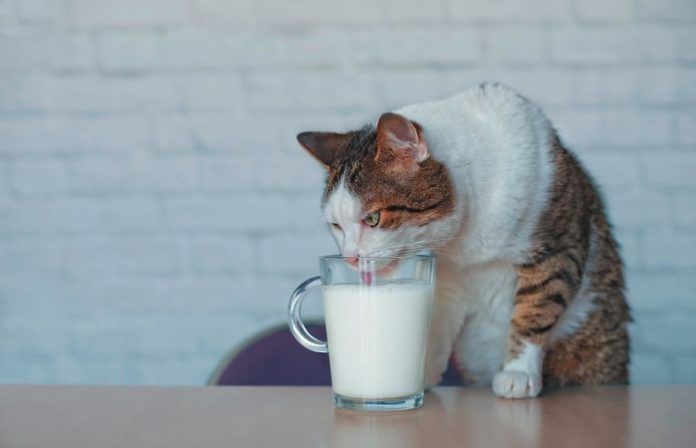
© Lightspruch | Bigstock
Q. Can you please settle once and for all whether cats can safely drink milk? Thank you.
Cynthia Hall
Beaufort, South Carolina
Dear Ms. Hall,
A. When it comes to cats, it’s best to think of milk as a very occasional, high-calorie treat rather than an everyday food, or even a “very often” food. One reason is that most adult cats, just like all adult mammals, have some degree of lactose intolerance. The standard cow milk we pour into our pets’ bowls simply has more lactose than a lot of cats can digest easily or comfortably. That results in symptoms that include diarrhea, bloating, and flatulence. Cow milk also has more casein, the main protein in milk, than many cats can digest.
The other reason is that milk doesn’t fit very easily into a feline’s nutritious diet. Consider that, on average, cats should be fed no more than 20 to 30 calories a day from foods for people or commercial treats. They do not have the balanced nutrition cats need to thrive, which comes with commercially available cat food.
Skim milk has about 90 calories a cup, which translate into 3 fluid ounces for 30 calories, not much. Whole milk has 150 calories a cup — 30 calories of that comes to about an ounce an a half — an amount that’s not likely to satisfy your feline. If you give more, you’re risking not only symptoms from lactose intolerance but also may be setting up your pet for obesity — perhaps the single most prevalent health problem among cats.
It should be noted that some cats do tolerate milk without a problem, but why play Russian roulette? Tufts veterinary nutritionist Cailin Heinze, VMD, instead recommends offering treats that are safe and that cats also love: bite-sized pieces of cooked meat or fish. Again, the 20-to-30-calories-a-day rule applies.





My kitten loves eating bits of apple. Is this safe?